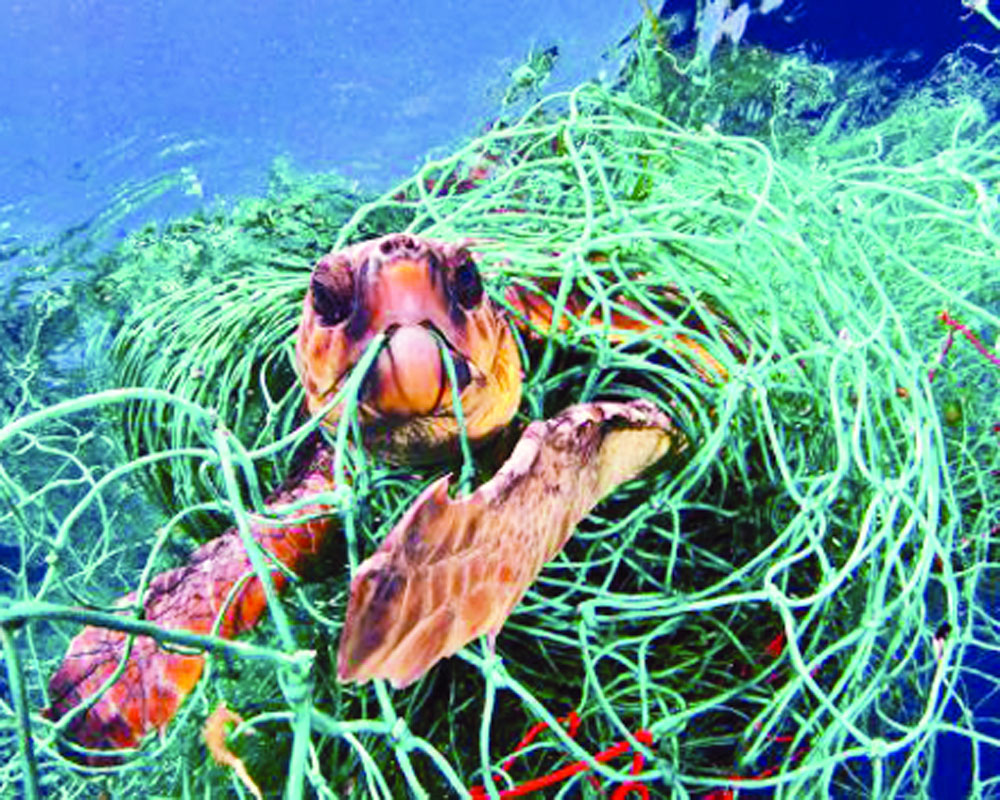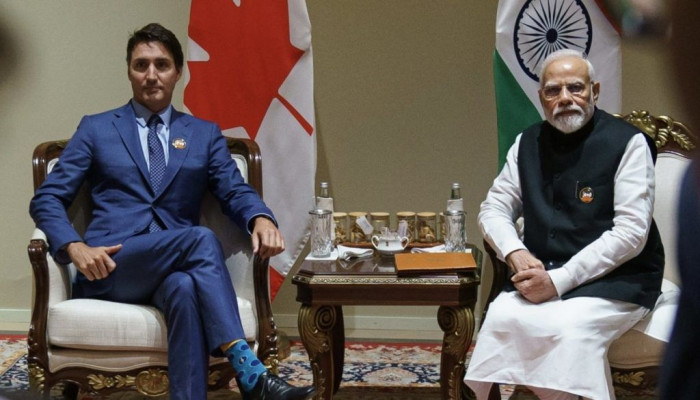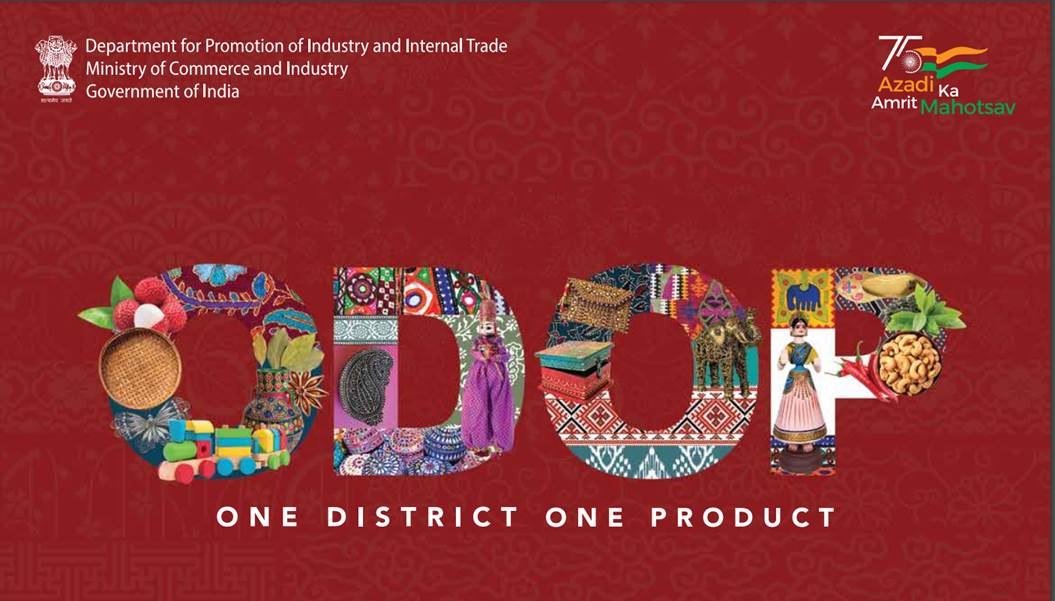Protection of wildlife can see real results only after we give respect to nature and acknowledge its values.
Gandhiji was always concerned about how we humans treated animals, because he felt that the life of an animal was no less valuable than that of a human being. He said this in so many words when he offered his view that, “To my mind, the life of a lamb is no less precious than that of a human being.” Against the reality of rapid depletion of wildlife across the world we are also reminded of Gandhiji’s witty response to a question on what he thought of wildlife: “Wildlife is decreasing in the jungles, but it is increasing in the towns.”
There are societies which are large consumers of meat, but quite paradoxically a few of them show interest in preserving wildlife. Factory farming, which characterises the global meat industry today, distances the consumer from the birth and life of the animal which is consumed. Sir Paul McCartney, a strict vegetarian himself, said, “If slaughterhouses had glass walls, everyone would be a vegetarian.” This paradox was in evidence in the mid-1970s when beef prices went up and some people in the US started consuming horse meat in certain locations. This led to widespread protests and expression of revulsion, with bumper stickers appearing in some places saying, “horses should be in the stable, not on the table”.
The motivation for protection of wildlife in such societies arises out of an appreciation of the cosmetic appeal of some endangered species like tiger, cheetah, polar bear and panda. Parents often say that they would not want their grandchildren to see these animals only in pictures; hence, any efforts at conservation of the species is driven by aesthetic appeal and the entertainment value of wildlife.
For much too long even in India killing a tiger or leopard was seen almost like the red badge of courage. How many portraits have we seen of visitors of importance from Britain being treated to a tiger shikar with the ultimate picture of the dead animal, and the ‘brave’ shooter standing with a gun in his hand and his foot on the head of the slain tiger?
Today, despite strong legislation and global agreements, the threat to wildlife, whose numbers have reached precarious levels, comes from poaching and the general encroachment of human activities on the habitat of species in the wild. In such a situation when a hungry carnivore cannot find adequate food, it ventures to seek easy game in human habitation. In so many cases the affected community attacks the predator to protect its livestock.
Today, the threat to animals and species in the wild has reached an unprecedented level. The World Wide Fund (WWF) has done remarkable work in assessing the frightening expansion of humanity’s footprint on the earth’s increasingly fragile ecosystems. ‘The Living Planet Report’ (LPR), a comprehensive and rigorous compilation of the state of the earth’s natural resources and ecosystems, is produced every two years, and the WWF has just brought out its 2018 edition, which provides chilling details of the damaging effects on the irreplaceable bounty of nature as a consequence of what we call economic development.
The LPR 2018 estimates and concludes that “on average, we’ve seen an astonishing 60 per cent decline in the size of populations of mammals, birds, fish, reptiles, and amphibians in just over 40 years”. What is particularly alarming is the trend that we are seeing in the direction of over-exploitation of species across the globe. The President and CEO of WWF Carter S Roberts states, “Natural systems essential to our survival — forests, oceans, and rivers —remain in decline. Wildlife around the world continue to dwindle. It reminds us that we need to change the course. It’s time to balance our consumption with the needs of nature, and to protect the only planet that is our home.”
The fundamental flaw in our pattern of growth and development lies in the fact that nature provides us with a wealth of ecosystem services, but the market values these as zero, and there is no system by which price of these services can be included in the costs of goods and services produced by the human society.
As a visionary economist said several decades ago: “Nature has no checkout counters.” Hence, we treat the global commons as a free good, leading to their precarious condition today. Yet, as the LPR 2018 estimates, on a global basis, nature provides services worth around $125 trillion a year, and more than that, nature ensures the supply of fresh air, clean water, food, energy, medicines, and much more, all of which we devalued heavily.
Overall, populations of mammals, birds, fish, reptiles, and amphibians have, on average, declined by 60 per cent between 1970 and 2014, the most recent year with available data. The Earth is estimated to have lost about half of its shallow water corals in the past 30 years; and a fifth of the Amazon has disappeared in just 50 years.
There is a very small window of opportunity for us to act and prevent irreversible disaster. In the case of climate change, we are the first generation to understand the science and risks of climate change but we may be the last generation to be able to solve the problem. Similarly, as the LPR 2018 states: “We are the first generation that has a clear picture of the value of nature and our impact on it. We may be the last that can take action to reverse this trend. From now until 2020 will be a decisive moment in history.”
The so-called “great acceleration” has brought the human society unprecedented benefits in the areas of overall rise in our health, wealth, food and security, but the benefits are very unequal across society. And these benefits have come at a huge cost in terms of the disappearance of the wealth of biodiversity and nature. And, yet as the LPR states, nature underpinned by biodiversity provides a wealth of services which are the building blocks of modern society. But biodiversity is being destroyed rapidly. Hence, the protection of wildlife may have a certain romanticism behind the meagre efforts that we see around us, but unless we develop a reverence and value for nature and biodiversity, these efforts would remain futile and ineffective.
Writer: RK Pachauri
Courtesy: The Pioneer








 OpinionExpress.In
OpinionExpress.In















Comments (0)